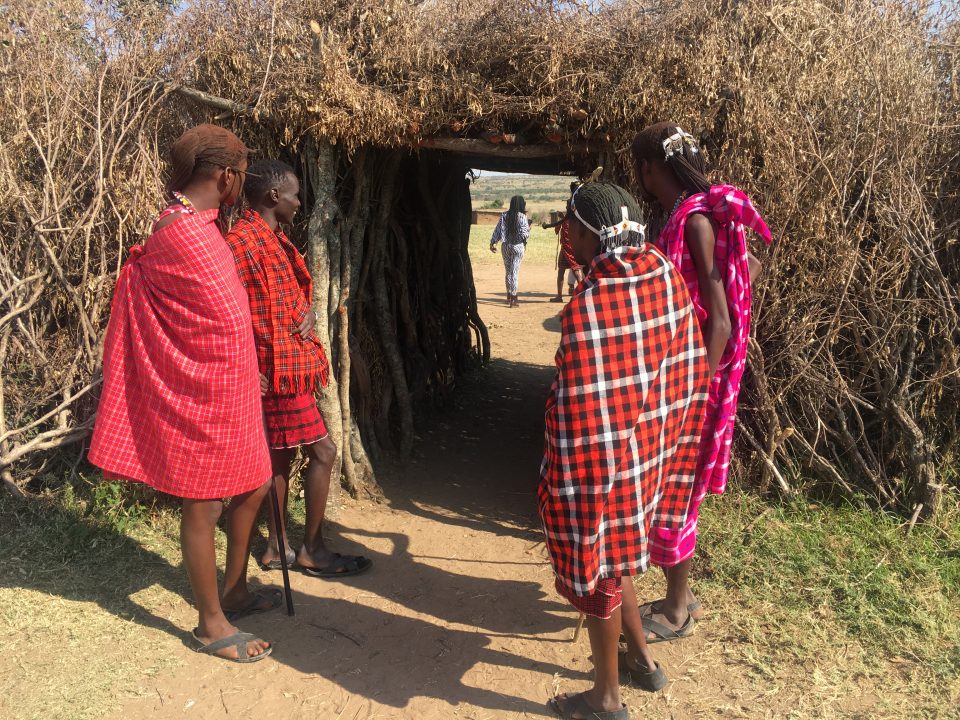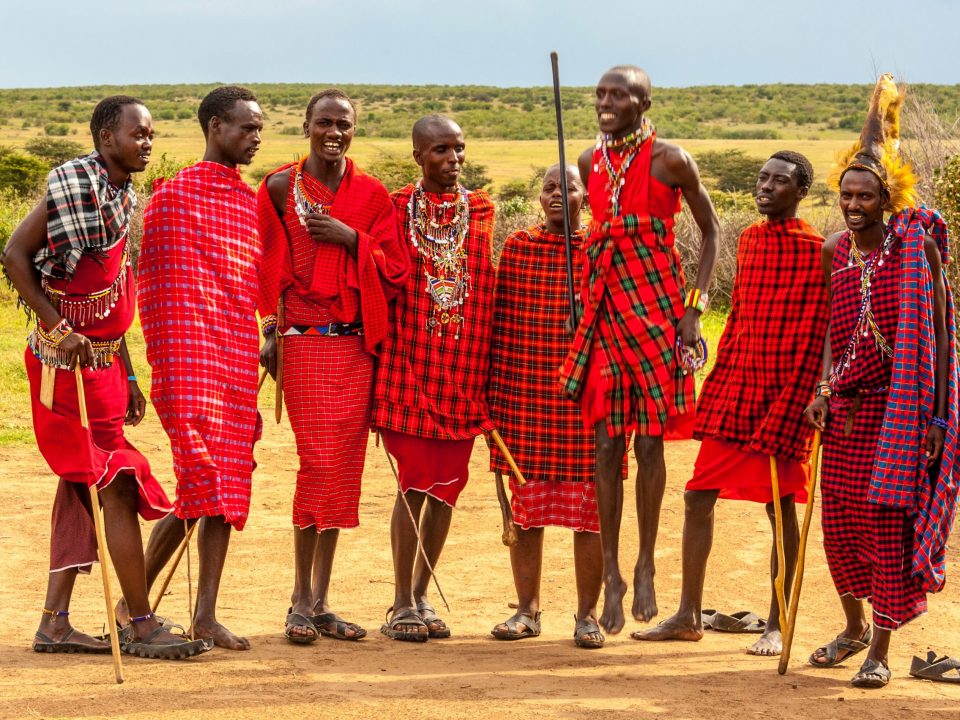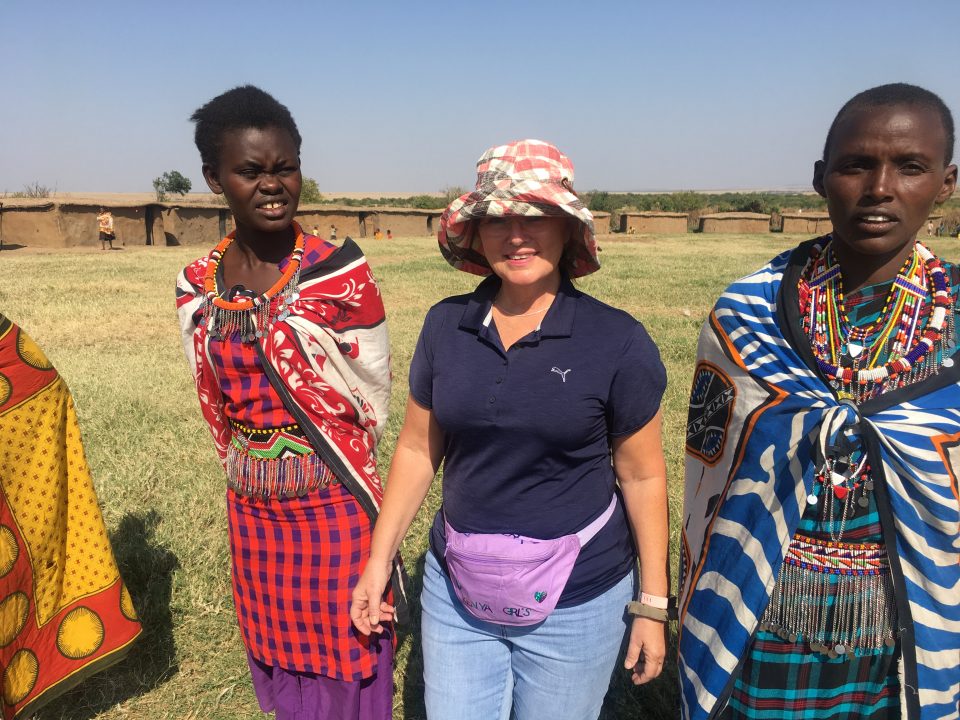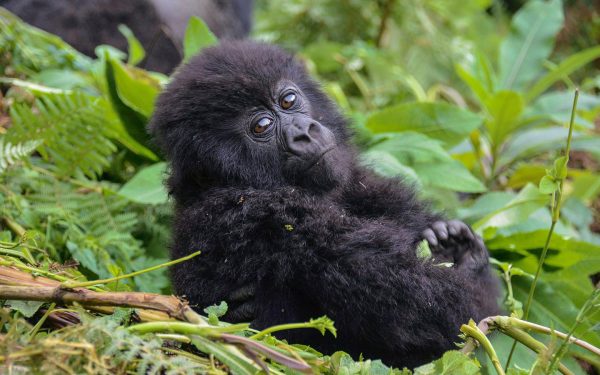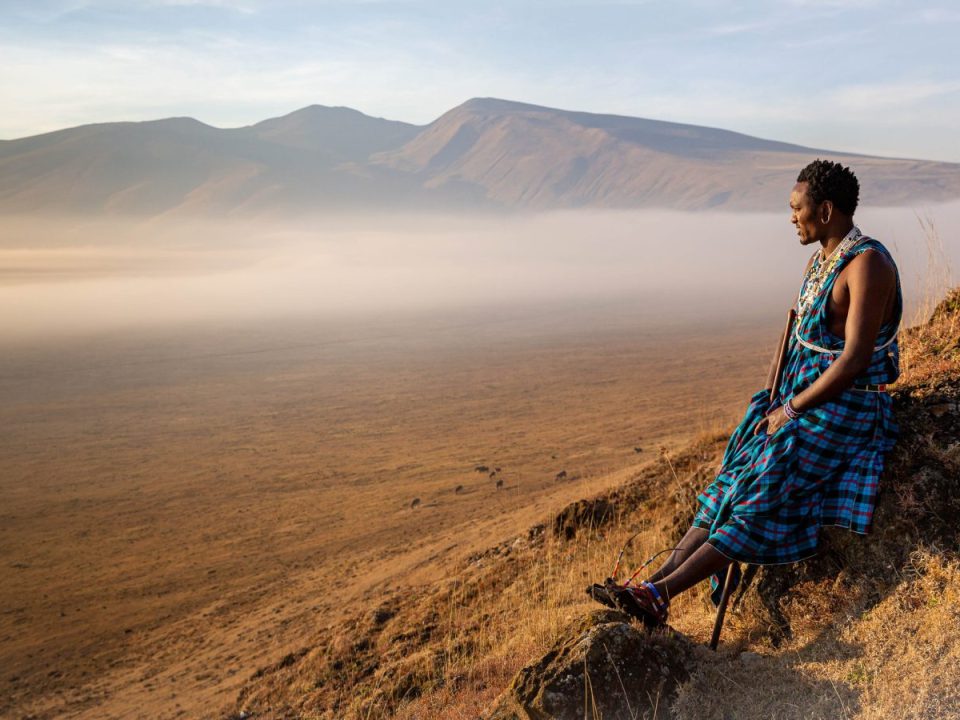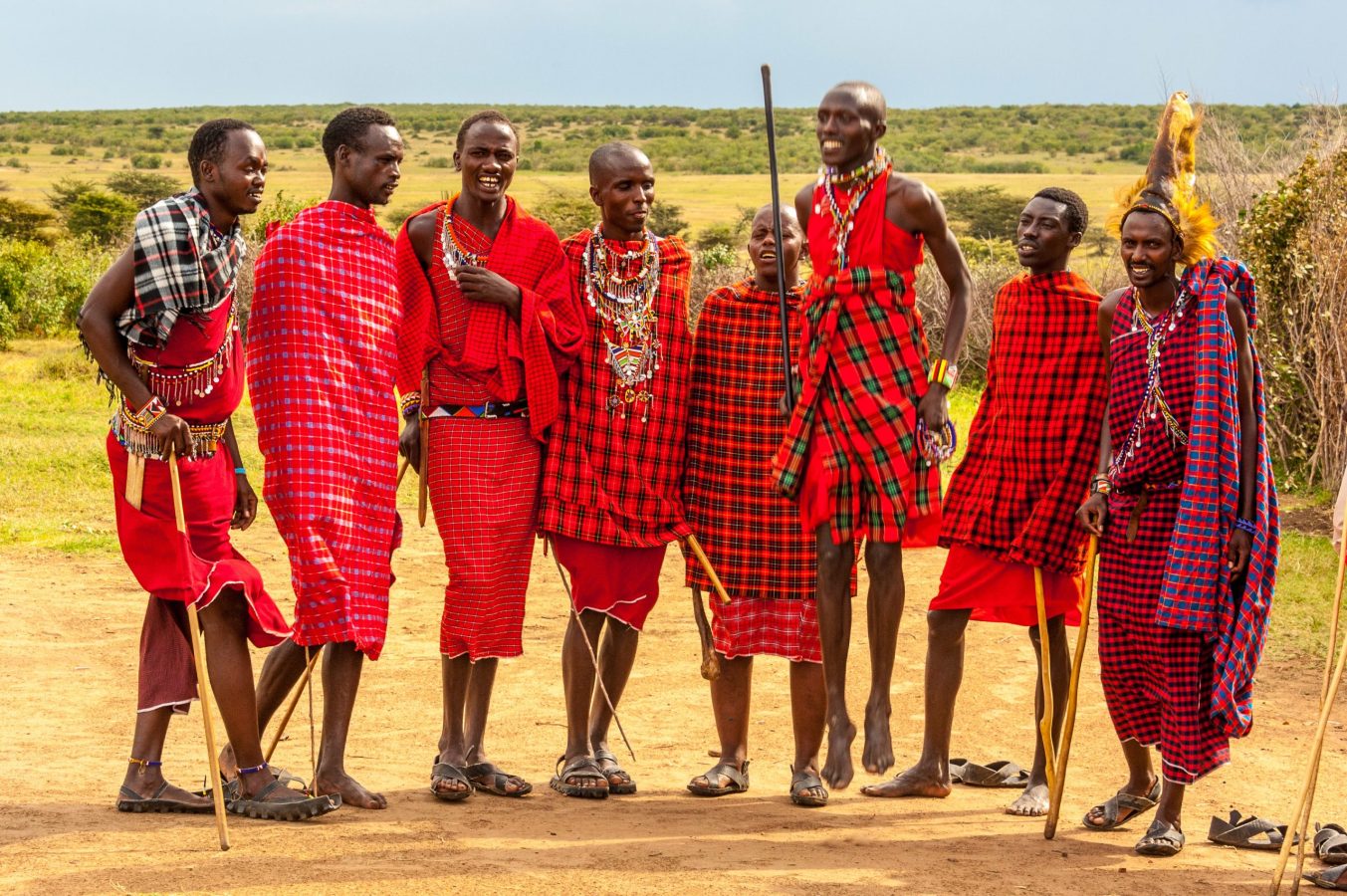
Are Kenya Cultural Tours Suitable for Families and Children?
July 13, 2025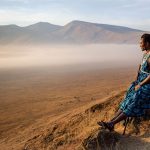
How Long Do Kenya Cultural Tours Typically Last?
July 13, 2025When Is the Best Time to Take a Kenya Cultural Tour?
When is the best time to take a Kenya Cultural Tour? This is one of the most common and important questions travelers ask when planning a cultural journey to East Africa. The truth is, timing can deeply enhance your safari experience—not just in terms of weather, but also the depth of cultural immersion and the availability of major cultural events. At Deks Safaris & Tours, we understand that every traveler seeks the perfect blend of convenience, authenticity, and adventure. That’s why we guide our guests to choose the right seasons that align with both optimal weather conditions and vibrant cultural calendars.
Generally, the best time for Kenya Cultural Safari Experiences is during the dry seasons, which occur from June to October and again from December to February. During these periods, travel conditions are ideal: roads are more accessible, temperatures are pleasant, and there’s minimal rainfall, making it easier to reach remote villages, attend cultural festivals, and enjoy community visits without interruption. Whether you’re visiting the iconic Maasai bomas, exploring the rich traditions of the Samburu, or walking through the Swahili streets of Lamu, these months offer comfort and clarity for a seamless cultural journey.
If you’re researching “When is the best time to take a Kenya Cultural Tour?”, this introduction gives you a strong foundation. However, the deeper answer also depends on your interests—are you looking to attend a specific festival, avoid crowds, or pair your cultural experience with a Uganda Gorilla Trekking safari? Let’s explore the possibilities and nuances to help you plan your perfect Kenya Cultural Tour Experience.
Dry Seasons: June to October and December to February – Ideal for Travel and Exploration
When evaluating “When is the best time to take a Kenya Cultural Tour?”, the dry seasons come highly recommended. These months—June through October and December through February—offer sunny skies, manageable temperatures, and lower chances of rain. For travelers booking Kenya Cultural Safaris through Deks Safaris & Tours, this means smoother travel across Kenya’s diverse terrain and uninterrupted access to both rural villages and heritage towns.
During this period, our guests enjoy village visits, cultural storytelling sessions, local markets, and interactive workshops in optimal conditions. Roads are more navigable, and outdoor cultural activities like Maasai warrior training, Samburu dance ceremonies, and Pokot cattle herding demonstrations are more frequent and enjoyable under clear skies. These months are also ideal for combining your Kenya Cultural Tour Experience with other experiences, such as wildlife game drives or even a cross-border Uganda Gorilla Safari, thanks to reliable travel logistics and well-maintained routes.
This time of year also coincides with school holidays in many countries, making it a great choice for family-friendly Kenya Cultural Tours. Children and parents alike can engage in immersive learning activities—like bead-making, folklore storytelling, or learning how to cook traditional Swahili dishes—without the discomfort of heavy rains or high humidity.
So, when people search online for “When is the best time to take a Kenya Cultural Safari?”, the dry season is a top answer. It ensures comfort, accessibility, and the best opportunity for capturing those meaningful moments with the communities that define Kenya’s rich heritage.
Cultural Festival Season: The Best Time to Immerse Yourself in Kenya’s Living Traditions
While weather matters, cultural vibrancy is equally critical when asking, “When is the best time to take a Kenya Cultural Tour?” One of the most enriching ways to experience a Kenya Cultural Safari is by aligning your visit with the country’s vibrant cultural festivals. These events are not only colorful and entertaining—they are deeply rooted in historical, religious, and communal traditions that bring entire ethnic communities together in celebration.
For instance, the Lamu Cultural Festival, held in November, is a Swahili cultural celebration like no other. With traditional dhow races, poetry recitals, henna competitions, and processions through the ancient streets of Lamu Old Town, this festival offers travelers a rich window into coastal Islamic heritage. Another must-see event is the Lake Turkana Cultural Festival, usually held in May, where over a dozen tribes from Northern Kenya gather in a rare show of unity, diversity, and artistic expression. From traditional attire and dances to indigenous cuisine and crafts, it’s a photographer’s and anthropologist’s dream.
Deks Safaris & Tours offers special Kenya Cultural Tour packages designed around these events, ensuring that guests gain deeper insights into Kenya’s ethnic and linguistic diversity. These festivals also provide opportunities for dialogue, learning, and cultural exchange between travelers and hosts.
Therefore, when planning your safari and wondering, “When is the best time to take a Kenya Cultural Tour?” consider syncing your trip with one of Kenya’s world-class festivals. These experiences not only enrich your tour but elevate your understanding of the traditions that define Kenya.
Shoulder Seasons: March to May and November – Hidden Gems for Cultural Enthusiasts
For those seeking fewer crowds and a more intimate connection with Kenya’s people, the shoulder seasons—from March to May and late October through November—offer a unique opportunity. While these months are considered part of the long and short rainy seasons, they still present excellent conditions for a meaningful Kenya Cultural Safari Experience, especially with Deks Safaris & Tours’ expert logistical planning and local knowledge.
During these months, landscapes are lush and vibrant, and accommodations often offer off-peak discounts, making it a budget-friendly option for cultural travelers. Village visits during the rainy seasons tend to be more relaxed, with community members spending more time indoors, engaging in crafts, storytelling, and communal cooking—all excellent opportunities for deeper cultural immersion. The pace slows, allowing travelers to have more one-on-one interactions with artisans, elders, and storytellers, and enjoy longer conversations about heritage, belief systems, and social customs.
This is also a time when agricultural and family-based rituals take center stage in many communities. For cultural travelers curious about daily rural life, the shoulder season presents a raw, unfiltered look at Kenya’s beating heart.
So if you’re wondering, “When is the best time to take a Kenya Cultural Safari that’s quiet, intimate, and cost-effective?” — the shoulder seasons might be your perfect match. These less-traveled periods are filled with potential for those who value depth over spectacle and seek a more reflective, authentic safari experience.
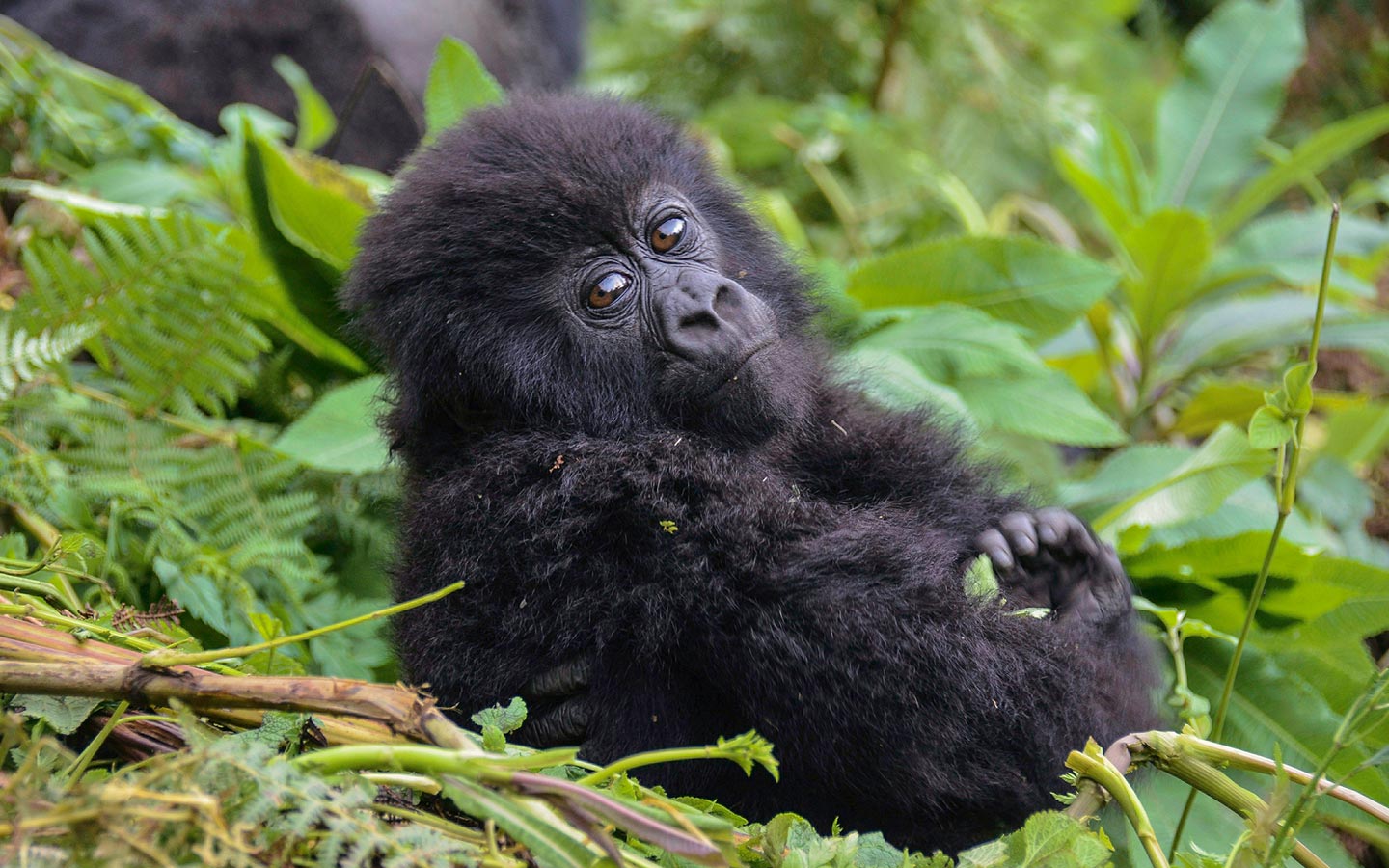
How to Plan a Rwanda Gorilla Safari from Europe
Combine Kenya Cultural Tours with Uganda Gorilla Trekking: A Perfect Seasonal Match
An increasingly popular question we receive at Deks Safaris & Tours is: “Can I combine a Kenya Cultural Tour with Uganda Gorilla Trekking, and when is the best time to do so?” The great news is that the optimal seasons for Kenya Cultural Tours—especially from June to October and December to February—also align perfectly with the best times for gorilla trekking in Uganda’s Bwindi Impenetrable Forest.
This makes it easy to plan a multi-country itinerary that starts with cultural immersion in Kenya and transitions into a wildlife adventure in Uganda. Imagine spending the first part of your trip dancing with the Maasai, attending the Turkana Festival, or learning Swahili coastal cooking—and then flying to Uganda to track endangered mountain gorillas in one of the most biodiverse rainforests on Earth. The seasonal overlap allows for seamless travel, pleasant weather, and unforgettable experiences on both fronts.
This kind of itinerary speaks directly to the heart of modern, conscious travelers who want to go beyond the surface and engage with both people and nature in meaningful ways. For families, researchers, photographers, and cultural travelers, it offers a rich blend of activities, education, and awe-inspiring discovery.
So if you’re searching “When is the best time to take a Kenya Cultural Tour and combine it with gorilla trekking?”—now you know that the answer lies in the dry seasons, where East Africa opens itself up in all its wonder, warmth, and wisdom.
When Is the Best Time to Take a Kenya Cultural Tour? Trust the Experts at Deks Safaris & Tours
To sum it all up, the best time to take a Kenya Cultural Tour depends on your travel goals—but each season offers something special. Whether you prefer the dry season’s comfort and accessibility, the festival calendar’s color and celebration, or the shoulder season’s peace and affordability, Deks Safaris & Tours is here to help you make the most of your cultural adventure.
We are proud to offer Kenya Cultural Safari Experiences that are curated with authenticity, ethical standards, and deep respect for local communities. By aligning your journey with the right time of year, you not only enhance your own experience but also support the sustainability and growth of local cultures.
So, when people around the world search for “When is the best time to take a Kenya Cultural Tour?”—our goal is to be the first and most trusted source of information. At Deks Safaris & Tours, we blend Experience, Expertise, Authoritativeness, and Trustworthiness to ensure your journey is not only memorable but also meaningful.

